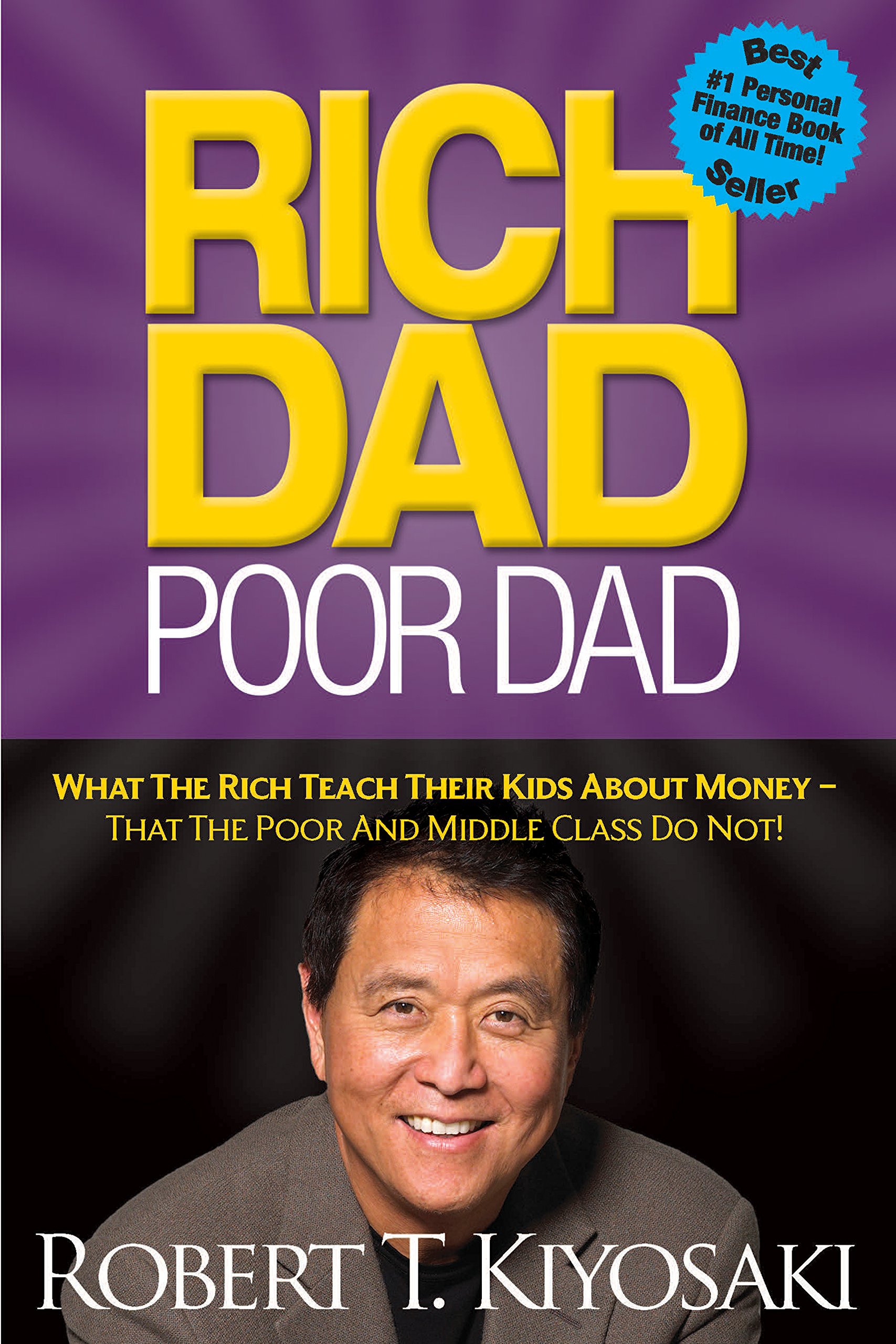 Finally, I have successfully completed a book that I bought about 2 years ago. Not due to busyness, but more towards laziness to read Robert Kiyosaki’s ramblings about passive income or his favorite catchphrase “let’s money do the work.” That’s what I used to think when I was still in college; it seemed easier to work for a company that offered a high salary, where the security of our future would always be guaranteed by the company.
Finally, I have successfully completed a book that I bought about 2 years ago. Not due to busyness, but more towards laziness to read Robert Kiyosaki’s ramblings about passive income or his favorite catchphrase “let’s money do the work.” That’s what I used to think when I was still in college; it seemed easier to work for a company that offered a high salary, where the security of our future would always be guaranteed by the company.
However, after interning for almost a year, I somehow began to feel that some paragraphs from the book were becoming a reality. One example is the excessive attachment to money, which shifted my initial goal of seeking experience towards a focus on salary. Although a high salary often becomes a priority for most people, it is often accompanied by increased consumption. This makes no matter how much the salary offered seems insufficient because it is spent on meeting high needs.
Therefore, I decided to reread the book “Rich Dad Poor Dad,” which emphasizes the importance of financial education or financial literacy from an early age, in order not to get trapped in the rat race or the vicious cycle of chasing money.
In general, Robert Kiyosaki’s book focuses more on the importance of building assets rather than increasing expenses. Building assets here means the reader is encouraged to be willing to invest to generate passive income from those investments. This is where the phrase “let money work for you” comes from.
If you bought this book hoping to gain knowledge about investment for the purpose of generating passive income in the style of Robert Kiyosaki, you might be a little disappointed. After reading the entire contents of this book, I can conclude that it directs readers to understand the importance of financial education and building assets from an early age to achieve financial freedom. Unfortunately, there are not too many examples of good investments to be taken for building assets, which is what many readers are looking for.
But if you bought this book to gain insight into the importance of building assets, then this book is very suitable for you. The nine chapters of this book are presented quite engagingly and easy to digest. In each chapter, Robert Kiyosaki tells about his past when he learned about financial literacy from his “Rich Dad” and how he and his friend Mike tried not to get caught in the rat race due to the teachings of his “Poor Dad.”
What makes this story about the past more interesting are the characters of Rich Dad and Poor Dad themselves. Poor Dad is Robert’s biological father, who had a high level of education but often faced financial difficulties. On the other hand, Rich Dad is Mike’s father, who had several businesses in the retail sector and was willing to mentor Robert and Mike to understand the meaning of money.
Each chapter of the book gradually explains why building assets can make someone richer. For example, in Chapter 1, it is told how Rich Dad taught Robert and Mike never to work for money, so they could avoid excessive attachment to money. Then, in Chapter 2, the difference between assets and liabilities is explained, which can make someone richer or poorer.
Chapters 3, 4, and 5 then discuss the importance of creating your own business to develop passive income. There are also interesting discussions about the difference between business and employment, as well as explanations about the true nature of taxes and how wealthy people manage to manipulate the existing system to keep getting richer.
A particularly interesting discussion, in my opinion, occurs in Chapter 6, where Robert Kiyosaki emphasizes that working is an opportunity to gain knowledge, not just to earn money. In this book, Robert never suggests quitting your job to start a business because he believes that both can be done simultaneously. He actually advises readers not to focus too much on one job, as it can stifle creativity in developing a business.
Finally, in Chapters 7 and 8, it is discussed how to overcome obstacles in achieving the financial freedom that this book advocates, such as dealing with laziness and pessimism within oneself. Tips for taking initial steps to develop your assets are also provided. Although the tips in these chapters may seem somewhat philosophical and lack implementation details, Chapter 9 provides more practical tips, albeit explained in a few pages.
Although there are some parts of this book that seem to be against higher education and constantly criticize the existing education system for not teaching financial concepts, this best-selling book with 26 million copies sold worldwide is still worth reading.
Overall, this book is good for those who are just starting their careers to avoid getting too comfortable with their current salaries and to stay alert to future changes. It’s like a wake-up call to keep training our minds to be sharp in spotting business opportunities around us to increase income from passive sources and not always be in the comfort zone of the salary we receive.
comments powered by Disqus